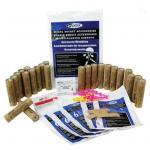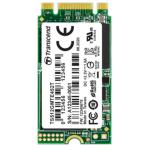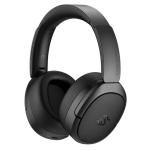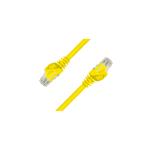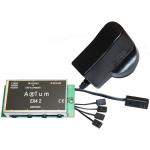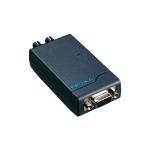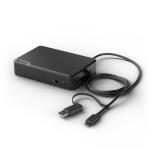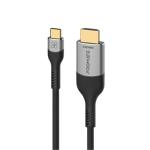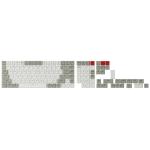Estes C6-5 - Bulk Rocket Engine - 24 Pieces
Out of stock
Estes C6-5 - Bulk Rocket Engine - 24 Pieces
- Brand: Estes
- MPN: Estes ES1789
- Part #: RKTEST01789
- UPC: 047776017894
- Brand: Estes
- MPN: Estes ES1789
- Part #: RKTEST01789
- UPC: 047776017894
Features
Specifications
Reviews
Delivery & Pick-up
Returns & Warranty
Popular Rockets


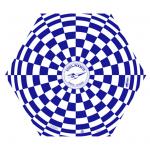
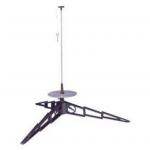
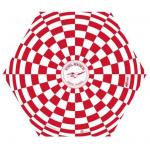
Estes C6-5 - Bulk Rocket Engine - 24 Pieces
- Brand: Estes
- MPN: Estes ES1789
- Part #: RKTEST01789
- UPC:047776017894
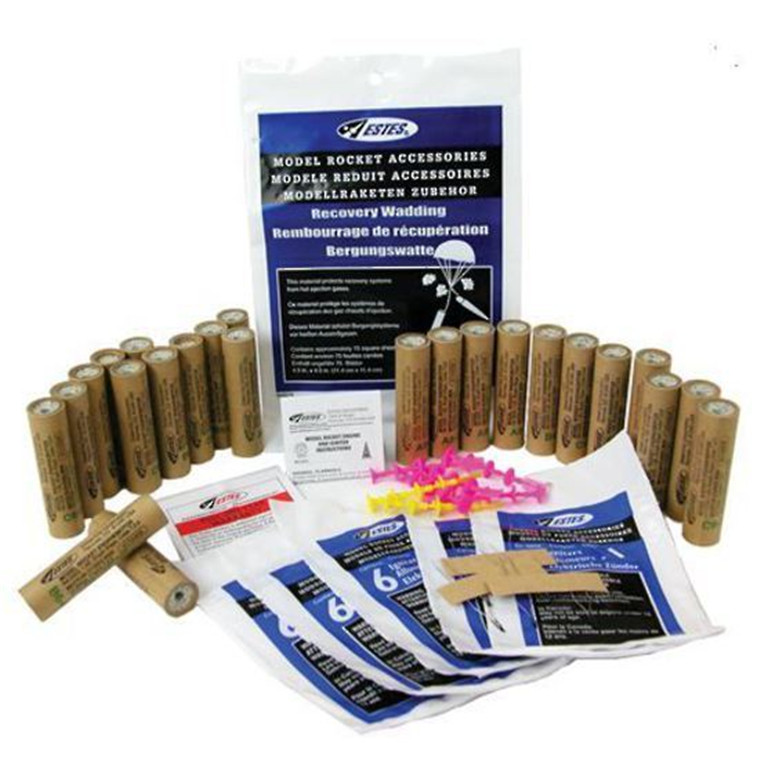
Product URL: https://www.pbtech.co.nz/product/RKTEST01789/Estes-C6-5---Bulk-Rocket-Engine---24-Pieces
| Branch | New Stock | On Display |
|---|---|---|
| Auckland - Albany | 0 | |
| Auckland - Glenfield | 0 | |
| Auckland - Queen Street | 0 | |
| Auckland - Auckland Uni | 0 | |
| Auckland - Westgate | 0 | |
| Auckland - Penrose | 0 | |
| Auckland - Henderson (Express) | 0 | |
| Auckland - St Lukes | 0 | |
| Auckland - Manukau | 0 | |
| Hamilton | 0 | |
| Tauranga | 0 | |
| New Plymouth | 0 | |
| Palmerston North | 0 | |
| Petone | 0 | |
| Wellington | 0 | |
| Auckland - Head Office | 0 | |
| Auckland - East Tamaki Warehouse | 0 | |
| Christchurch - Hornby | 0 | |
| Christchurch - Christchurch Central | 0 | |
| Dunedin | 0 |
Features
Want to pack some real power? The C6-5 is your engine! This C engine is the highest impulse engine in a bulk pack. This engine will send students' rockets out of site! Estes engine bulk packs are convenient and include everything your students need to prepare their rockets for launching 24 rockets.
Estes model rocket engine bulk packs are available in four total impulse ranges: A (mini engine), A, B or C (standard engines). These packs may be used for the rocket bulk packs or other Estes rockets. Whether you are launching rockets at school with students, at a youth group activity or rocket club monthly launch, Estes engine bulk packs are a must.
Engine bulk packs come with all the rocket engine supplies you need to launch 24 rockets. Included are 24 rocket engines, 30 model rocket starters, 24 reusable starter plugs and 75 squares of recovery wadding. Use the C6-5 engine to launch these bulk pack rockets: Alpha III, Generic E2X, Alpha, Viking and Wizard.
What do all the letters and numbers in the the motor name mean?
Lets take an example so you can see how to read the charts. As an example, we'll look at the "1/2A3-2T" motor.
Breaking it down, we have four bits of information. "1/2A," "3," "2," and "T"
The first letter, "1/2A," in our example, is the power level classification of the motor. The "1/2" power band, as the chart to the right shows, is greater than .625 Newton-seconds of Total Impulse, and less than 1.25 Newton-Seconds. The maximum power doubles from one letter to the next. So a "B" motor can have twice the power of a "A" motor; which means it will fly approximately twice as high.
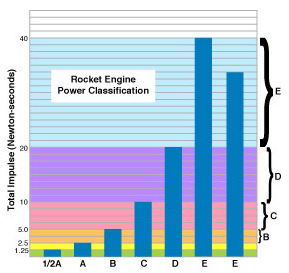
Remember, think of power as the size of the fuel tank. The tank doesn't have to be totally full. So An "E" motor isn't required to have the maximum of 40 N-s of total power to still be classified as an "E". It just has to have greater than 20 N-s but less than 40 N-s. This gives us the power-bands (shown as the colors in the chart to the right).
The first number after the power letter is the average thrust level of the rocket measured in Newtons, equivalent to 0.225 pounds of force. That means in our example, the motor has an average thrust of 3 Newtons during the entire burn time. If you were driving a car, you could relate average thrust to the amount of pressure you push on the accelerator pedal. The harder you push, the higher the average thrust of the motor, and hence the higher you'll accelerate the rocket. If you want to go fast, choose a high thrust motor. If you want to get good economy (longer travel distance), choose a lower average thrust motor.
For example, a B6 and a B4 would have the same amount of fuel in the tank. But the B6 burns it faster, and hence the rocket will reach a higher speed. The B4 motor burns the fuel slower, and like in your automobile, you'll get more distance out of the fuel that is burne
The number after the dash is the length of time in which the "delay" charge burns before it allows the ejection charge, which deploys your parachute, to go off. Delay allows time for the rocket to coast and slow down so the parachute doesn't rip out of the tube at ejection. In our example, the rocket would coast for 2 seconds before deployment.
Most single-use motors give a hard number for the delay, and you will need to purchase the appropriate one for your kit. Some loadable, larger single use or reloadable motors will often have a maximum delay that, with a specially designed tool, you can use to shorten the delay to what is best for your rocket. Look at the "Max Delay" statistic for that particular motor. If it is an N/A, or not listed, you cannot adjust the delay.
Specifications
Includes:
24x C6-5 model rocket engines,
30x model rocket starters,
24x reusable starter plugs and
75x squares of recovery wadding


